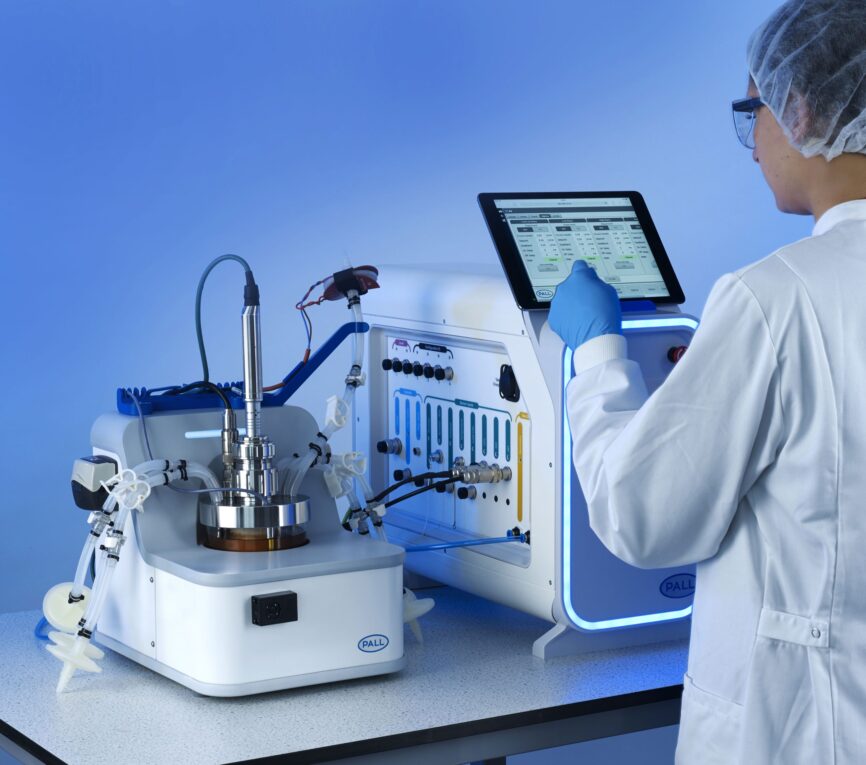Electroporation is a technique where an electrical field is applied to cell membranes, temporarily creating nanoscale pores in the membrane. This increases its permeability and allows introduction of normally non-permeant molecules found extracellularly, like drugs, DNA plasmids, or other molecules. Electroporation instruments generate controlled electric pulses of high or low voltages to effectively manipulate cell membrane permeability in research, medicine and biotechnology.
Types of Electroporation Instruments
Cuvette-based Instruments
One of the earliest electroporation techniques involves placing cells in a cuvette, which is then placed between two electrodes where pulses are delivered. Cuvette instruments are ideal for working with bacterial cells, yeast and other microorganisms suspended in liquid media. They allow processing of large cell volumes but are limited since cells must be in suspension. Examples include Eppendorf electroporators and Bio-Rad gene pulsers which use cuvettes.
Microchip Instruments
Advancements led to development of microfluidic chip-based electroporators that reduce sample volumes and integrate fluid handling automatically. Cells in suspension flow through microchannels patterned on the chip where electric fields are applied via arrayed electrodes. They offer high-throughput and precision with minimal user intervention. Examples are Harvard Apparatus Nanoject, Avanti Blue electroporation chips and BTX Harvard apparatus microchips.
Expansion to Other Applications
Initially developed for introducing exogenous DNA and RNA into cells, Electroporation Instruments now find diverse applications. They are used for delivering chemotherapeutics, siRNA, proteins and molecular biomarkers into living cells and tissues. Emerging areas include electrochemotherapy which uses electroporation to dramatically increase effectiveness of certain anticancer drugs. In vitro electroporation is also useful for biomanufacturing of cell-based products and gene/cell therapy development.
Advances in Technology
Recent innovations aim to maximize effectiveness while minimizing harmful effects. Square wave electroporators induce more uniform fields compared to exponential decay pulses. Capacitor-based instruments generate stronger, more reversible pulses than transformer-based designs. 3D electroporation uses electrode arrays for precise spatial control of electric fields in 3D tissue cultures and organs-on-chips. Contact electroporation devices integrate electrode arrays onto culture substrates or medical devices.
Gene Delivery Applications
One major use of electroporation instruments is gene delivery for research and therapeutic development. They effectively introduce DNA, RNA and other molecules into a wide range of cell types. For stem cell reprogramming, electroporation shows higher efficiency than viral methods. It allows generating induced pluripotent stem cells without genetic modification. CRISPR gene editing also relies on electroporation to deliver Cas9 ribonucleoproteins into target cells. Tissue-specific gene therapy approaches utilize in vivo electroporation for localized nucleic acid delivery.
Cell Therapy Manufacturing
As cell therapy develops rapidly, electroporation instruments play an important role in biomanufacturing. They enhance transfection of genes encoding immunomodulatory molecules, chimeric antigen receptors or suicide genes during ex vivo manipulation of cells. This helps generate engineered T-cells, dendritic cells or other therapeutic cell types. Compared to viral vectors, electroporation avoids risks of random genomic integration and yields higher transduction efficiencies. It is being adopted by many commercial cell therapy manufacturers for closed and automated processes.
Electroporation in Plant Biotechnology
While most widely used for mammalian and bacterial cell applications, electroporation finds increasing use in plant biotechnology as well. It introduces DNA, RNA and proteins into plant protoplasts, explants, isolated plant tissues or intact plant systems. This facilitates stable plant transformation, transient expression studies and gene function analysis. Advancements led to commercial electroporation systems suitable for large-scale plant genome engineering efforts in agriculture and horticulture. Overall, instruments driven electroporation techniques are revolutionizing various fields of modern biotechnology.
Electroporation instruments have enabled versatile cell and molecular delivery applications crucial for advancing life sciences research and therapies. Starting from simple cuvette-based designs, they have rapidly evolved into microchip and 3D configuration systems with improved performance and precision. Advancing electroporation technologies will facilitate applications like regenerative medicine, synthetic biology and industrialized plant and animal transgenics. With continued improvements, electroporation promises to become an even more powerful tool enabling new breakthroughs in biology and biomedicine.
*Note:
1. Source: Coherent Market Insights, Public sources, Desk research
2. We have leveraged AI tools to mine information and compile it

